Ten years ago, the image of Syrian toddler Aylan Kurdi’s lifeless body on a Turkish beach shocked the world and rekindled the debate over Europe’s treatment of migrants as thousands fled the Syrian war. A decade later, InfoMigrants returns to the places marked by this unprecedented arrival of migrants. In Budapest, in September 2015, thousands of refugees stranded at the Keleti Station turned the city square into a migrant camp, sparking public solidarity but also fueling Viktor Orban’s anti-immigration rhetoric and a prolonged Hungarian crackdown on asylum rights.
Romain Philips, special correspondent in Budapest
"It's difficult to remember that time without emotion. It was chaotic. Like an emotional roller coaster. I'm still obsessed with that period 10 years later." In front of Keleti train station, where we meet her, Zsuzsanna Dvornik, her hair styled in macarons and dressed in green head to toe, recalled the summer of 2015. "There were literally migrants everywhere. Thousands of people, families and children, left to fend for themselves," she said, a hint of emotion in her voice.
Zsuzsanna was one of those who organized, 10 years ago, when tens of thousands of migrants --mainly from Syria, Afghanistan, and Iraq -- arrived in Hungary via the Balkan route. Within just a few days, the aisles of the railway station building in the heart of the Hungarian capital were filled, and westbound trains were packed with migrants fleeing the war in their homeland and eager to reach European countries further west.
'Very quickly, we were cooking for hundreds of people every day'
But when 50,000 migrants crossed the Serbian border in August, the Hungarian authorities changed their response. The police evacuated the station and international connections were suspended. In just a few hours, thousands of people stuck at the station settled on the large concrete slabs covering the square and the adjacent underground areas.
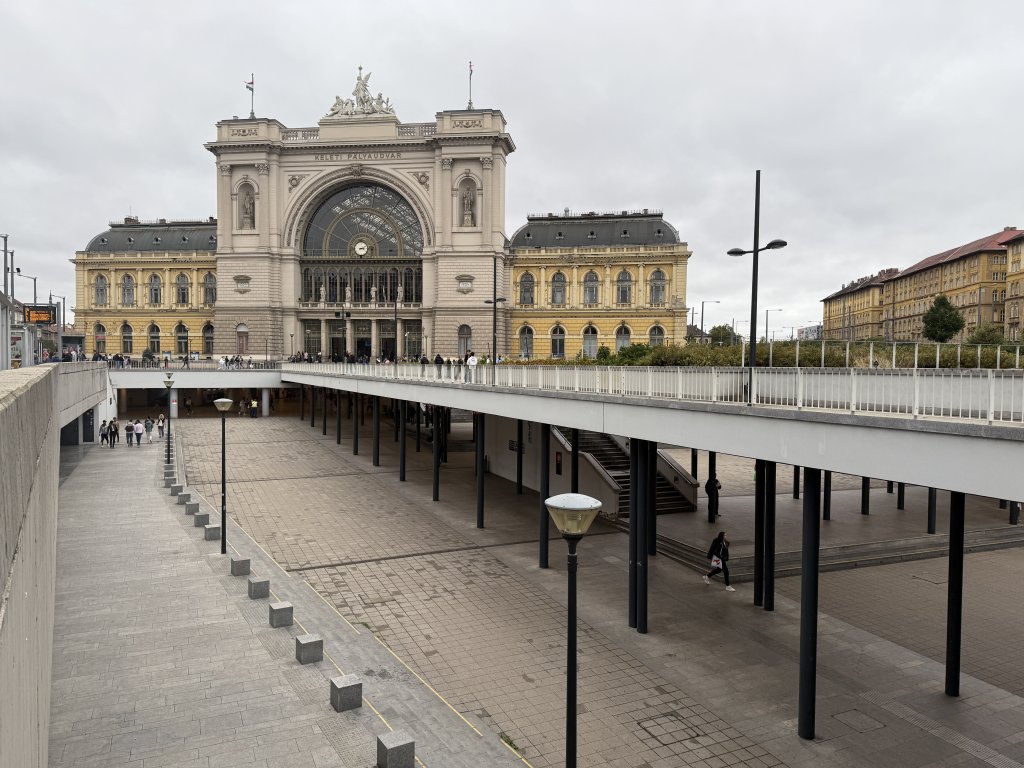
Hungary's largest train station became a de facto migrant camp. Men, women, children -- they all had no choice but to settle there, on the ground, desperately waiting for the road to the west to reopen. "These people were traumatized by the migration route and had to survive in difficult circumstances because they had no food. There was nothing in Keleti. Their money was spent on train tickets or other means of leaving the country, but they were stuck," the professor told InfoMigrants.
Despite the "desperate situation" she described, Szuszanna kept smiling. This "crisis" was also the moment "when the Hungarian people wrote part of their history," she says. After a few days, civil society, which found itself facing such a large number of migrant arrivals for the first time, organized. "We started by distributing a few sandwiches, water. And very quickly, we were cooking for hundreds of people every day. We organized groups to distribute food, others to distribute clothing, and donations."
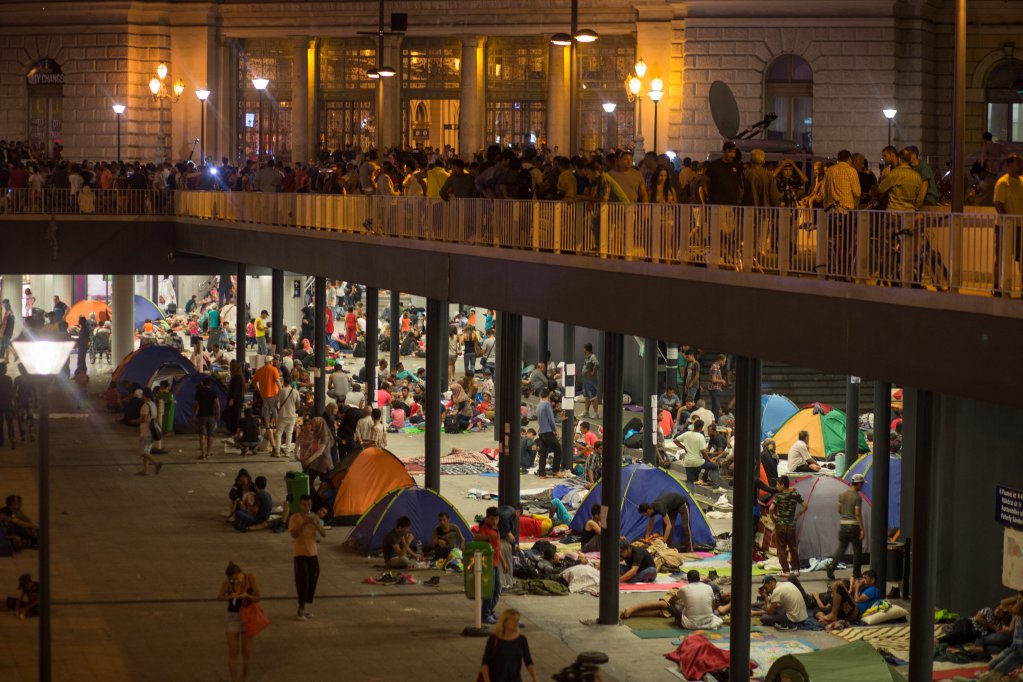
Facebook volunteer groups quickly reached thousands of members, and donations poured in from all over the country. Medical outreach efforts were set up. Barbers offered their services. Volunteers even arrived from neighboring countries. "That summer was historic,” the professor recalled.
'These people are part of me now'
That organization was made possible by everyone's mobilization. "There isn't a single business in the district that hasn't contributed,” she said. On a side street, she pointed to a small iron door leading to the basement of a restaurant: "This is where our kitchen was set up." Next door, the nightclub served as a storage area. "Within a few days, we had filled it all up,” she recalled.
Standing in front of the station, she described the organization amidst the chaos. "Here, there was a huge pile of clothes, for example. Under the arch, food distribution took place. On this wall, we sometimes showed films for children," she said. "It's impossible to forget the summer of 2015."
"These people are part of me now." Ten years later, she is still in contact with several refugees. She fondly remembers Aycan, a 34-year-old Syrian, whom she met with his wife, Jehan, 28, and their seven-month-old daughter, Zima, on the steps of Keleti station. Jehan was pregnant with her second child at the time. "Eight months later, I saw photos on social media of a newborn who was already smiling at birth. It was Nima, Zima's little sister, who is perfectly healthy," Zsuzsanna said. "Today, they are growing up in a free country," in Germany.
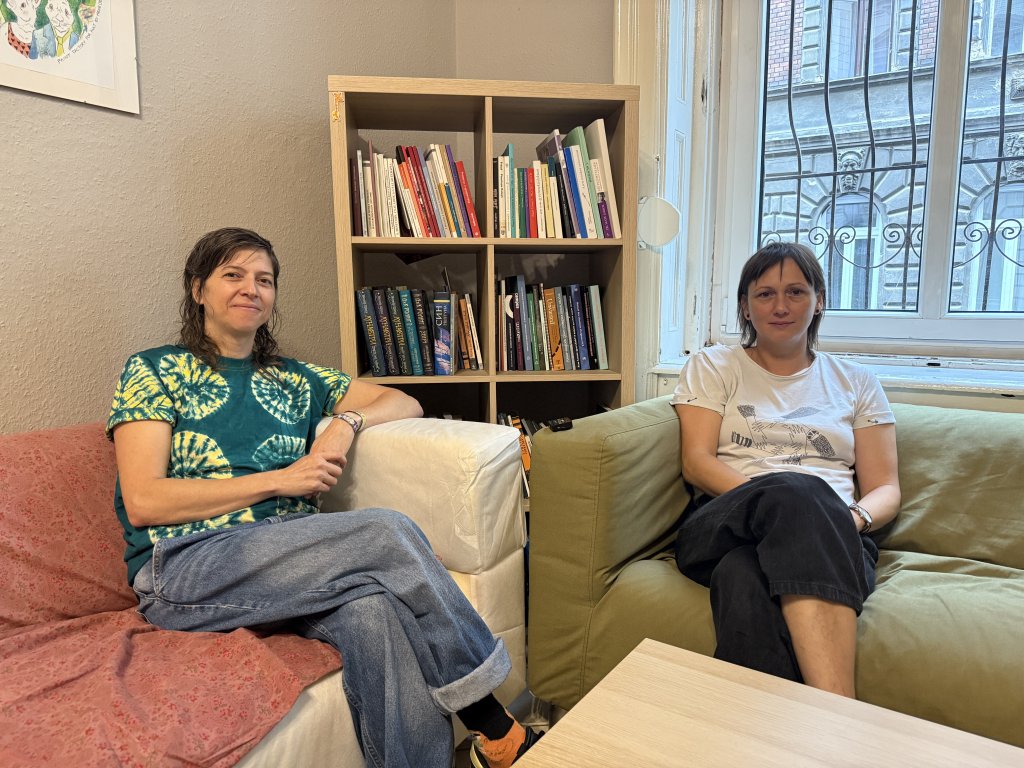
The "Keleti crisis" was also unforgettable for Sára Sos. After volunteering by herself in 2015, she later joined the migrant aid NGO Menedek as a social worker. At the NGO's offices, she recalled this time, which she has mixed memories of. She carefully searches for words. "I am proud of the Hungarians and at the same time, I am a little ashamed," she said. "It was wonderful to see the help provided by the Hungarians, but I wonder: 'How could we have let this happen?’”, thinking of how that solidarity response was cut short by the state.
A few days after German Chancellor Angela Merkel's historic "Wir schaffen das!" ("We will make it!" in German), thousands of people, desperate to be stranded in Hungary, left Keleti train station and took the highway on foot towards Austria. "There were women, children, people in wheelchairs walking on the highway," the social worker recalled, still moved by this exodus. Finally, buses were sent following discussions with European leaders. "It saddens me to see that Hungary has become famous for not helping. It's very hard to accept," she concluded.
'The entire official discourse was pure anti-immigration rhetoric'
"The municipality and the government were completely absent," the social worker also said. Ten years later, many accuse the far-right government of blocking the situation in Keleti to further electoral ambitions. In 2015, migration reporter András Földes, witnessed the political control over the management of the situation by the Budapest city. “When the first migrants arrived, I was contacted by a security official who wanted to know who these migrants were, what they wanted, and other details to manage this situation," he recalled.
At first, the city, then led by István Tarlós of Viktor Orbàn's far-right Fidesz party, seemed receptive. It discussed a covered market and the installation of toilets to house the migrants. "But that was the last I heard about this security office," the journalist said. Afterwards, "the entire official discourse was pure anti-immigration rhetoric."
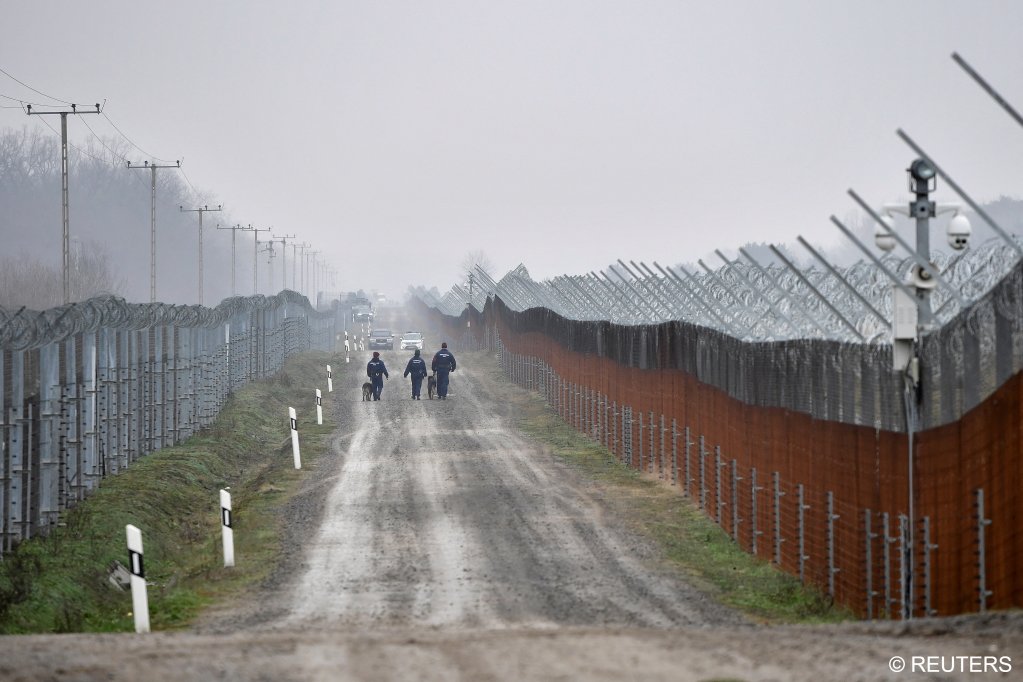
The tensions in Kelebia served as a springboard for the anti-immigration rhetoric of Viktor Orbàn and his party. Starting in mid-September, citing "Europe's need for protection," a 4-meter-high, 175-km-long fence topped with barbed wire was erected at the border. It was there that Lilla Zentai, also a social worker for Menedek, described experiencing "the worst moment of her career." "The migrants were housed in a hangar that was a former car factory. There were bars on the windows, and each person had a bracelet with a number on it. It looked like a cage," she told InfoMigrants.
A "cage" into which a little girl refused to enter. "Her mother, from inside, was signaling to her so she wouldn't be afraid and follow her. For me, it was science fiction. It was horrible to see," she recalled, 10 years later.
An 'unprecedented and exceptionally serious violation of EU law'
The militarization of the border was only the first step in 10 years of hostile immigration policies. Billboards sprang up in the country's major cities. "If you come to Hungary, you must respect our laws"; "If you come to Hungary, don't take jobs from Hungarians!" the billboard shouted.
And the iron wall was then joined by a legislative wall: detention of asylum seekers in transit zones at the border, non-compliance with the asylum seeker relocation program, illegal pushbacks, criminalization of assistance, and even the elimination of the possibility of applying for asylum within the country.
This latest measure, preventing migrants from applying for asylum in Hungary by requiring them to submit their application to the embassy in Belgrade or Kyiv, was described by the European Court of Justice as an "unprecedented and exceptionally serious violation of EU law." Hungary was fined 200 million euros and ordered to pay a penalty of 1 million euros per day of delay.
As a result of this policy, asylum seekers are virtually non-existent in the country. In 2024, only 29 asylum applications were registered in the country, compared to 177,000 in 2015. And of these 29 applications, a third were rejected, eight were granted refugee status, and six were granted subsidiary protection, according to official Hungarian data.
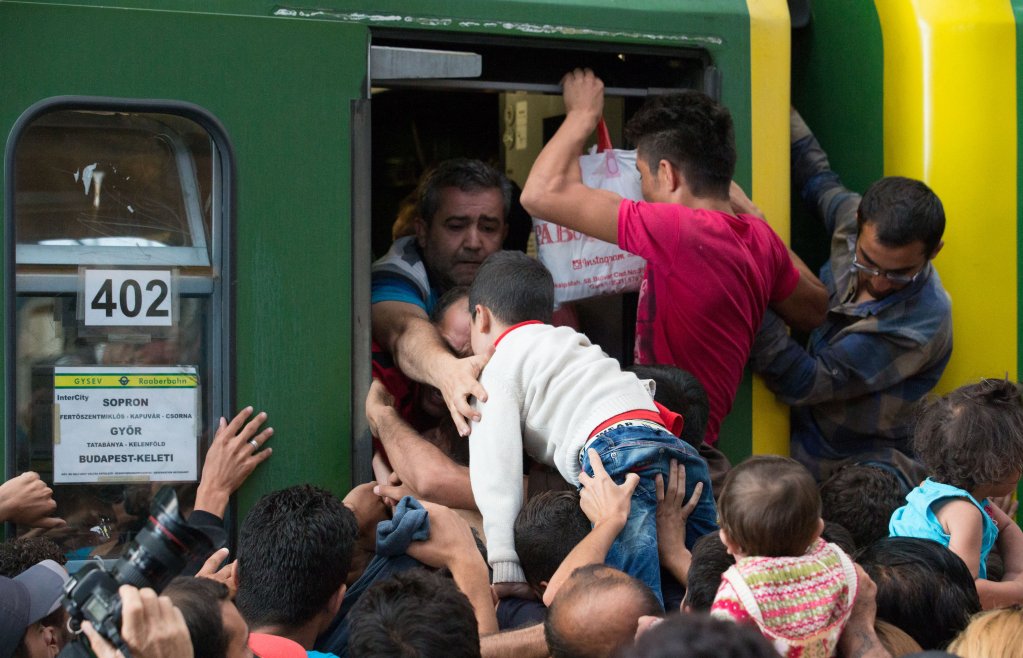
At the Keleti station, 10 years later, all traces of that era, even the smallest graffiti, have disappeared. The comings and goings of passengers mark the rhythm of the city center. Among the onlookers, a few elderly women distribute free copies of the newspaper Metropol, which features the Prime Minister and his latest statement against Brussels' European policy on its front page.
A large light show was organized on September 22nd in Keleti to celebrate the reopening of the station following renovations. This was an opportunity for the government to refer to the crisis that occurred a decade ago. Muezzins replacing churches, migrants attacking the police... The ethno-nationalist message, the same as it has been for 10 years, was clear: the government is the only one capable of defending Hungarians, their "Christian roots," and "European civilization." "Once migrants are allowed in, the consequences are irreversible. One bad decision and nations are transformed forever," Viktor Orbàn wrote at the same time about X.
"We have kept illegal immigration at zero for 10 years," the Prime Minister boasted, as Hungarians are going to the polls for parliamentary elections next April. "Today, the ruling party can congratulate itself on having 'solved the problem' of immigration in Hungary, it's true, but they did it in the saddest way possible," journalist András Földes said.
